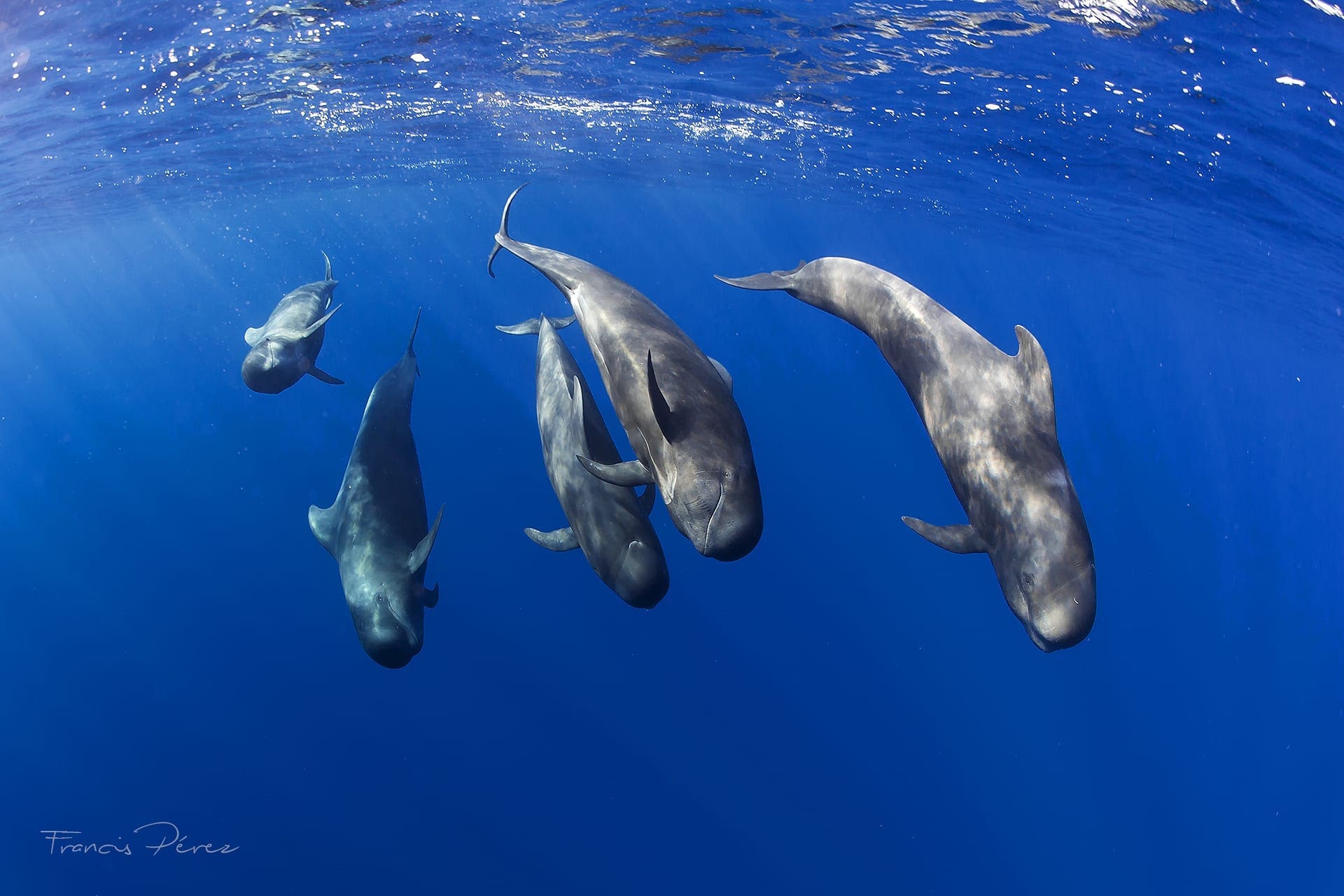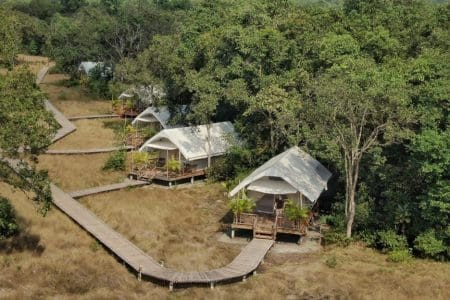South West Tenerife has become Europe’s first Whale Heritage Site, a global certification developed by the World Cetacean Alliance and supported by World Animal Protection, that recognises outstanding destinations for responsible and sustainable whale and dolphin watching.
The site at Tenerife-La Gomera Marine area offers tourists an easy way to select responsible whale and dolphin watching in the wild and gives the travel industry a way to move away from selling wildlife entertainment activities and select ethical practices instead.
Tenerife is popular with UK tourists and a famous spot to see whales and dolphins in the wild. The accreditation of the site in South West Tenerife recognises the community´s commitment to respect and celebrate these animals. Twenty-eight cetacean species can be found in the island’s waters including short-finned pilot whales, sperm whales and bottlenose dolphins.
This site and one in Dana Point, California, USA also announced today, join the only other two Whale Heritage Sites in the world: The Bluff, South Africa and Hervey Bay, Australia.

“Whale Heritage Sites play a vital role in showing a responsible and sustainable alternative to wildlife entertainment activities” said Katheryn Wise, Wildlife Campaign Manager at World Animal Protection. “While travel is temporarily on hold for most of us, when it does resume it is up to all of us to make responsible choices. These sites will help promote tour operators who protect the welfare of marine wildlife while offering tourists the chance to experience these animals free and thriving in the wild, where they belong.”
Elizabeth Cuevas, Whale Heritage Sites Manager at World Cetacean Alliance, said, “The designation of Europe’s first Whale Heritage site is a wonderful step forward for responsible tourism. We believe the site is fast becoming a world leader in sustainable whale and dolphin watching and this certification will help the local community by recognizing responsible whale watching practices supported by the latest research and conservation efforts.”
Becoming a Whale Heritage Site will ensure that visitors are contributing to destinations that celebrate their natural heritage, protect marine wildlife and build a connection between local residents and sea life. In addition to the opportunity to observe cetaceans, vibrant festivals and other events celebrate the marine environment and provide education and inspiration for tourists and locals alike.
Tenerife-La Gomera Marine area’s location in tourist hot-spot Tenerife is popular with the island’s six million annual visitors. The importance of the tourist industry to the local area is reflected in the local and national regulatory frameworks, which provide formal protection of the marine ecosystem, with two Special Areas of Conservation (SACs) and a strong legislative framework protecting cetaceans.
To qualify for Whale Heritage Site accreditation, candidate destinations must meet set criteria which recognises their commitment to cetacean conservation through responsible wildlife interactions and sustainability. These include:
- Encouraging respectful human-cetacean coexistence
- Celebrating cetaceans
- Environmental, social and economic sustainability
- Research, education and awareness
In meeting Whale Heritage Site criteria, sites must take into account information relating to the relevant local cetacean populations including their status, numbers, biology, habitat, behaviour and welfare.
For more information about Whale Heritage Sites visit WhaleHeritageSites.org. Images Credit – Francis Pérez IG francisperez000.



